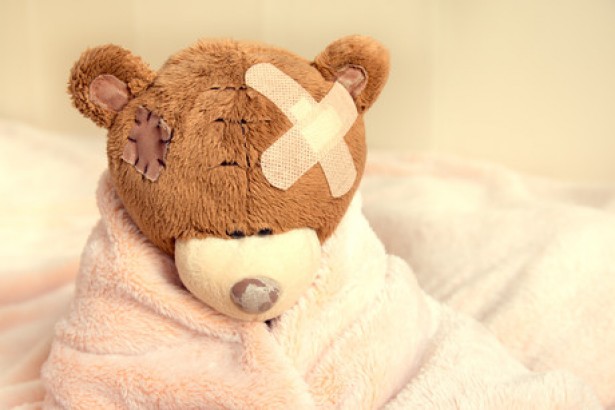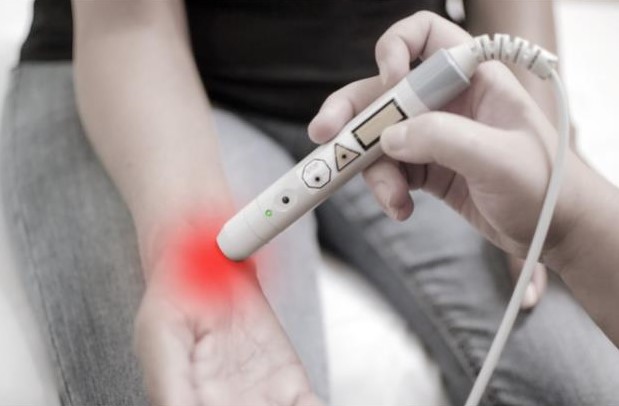25
Mar 2019
Falling Down
Published in General on March 25, 2019

Any parent, caretaker, sibling, teacher or guardian can attest to the simple fact that children can be accident-prone, especially when it comes to falls. But when those falls happen in the hospital, it can be a hindrance to important, ongoing treatment.
When these falls do happen, they present a two-fold challenge to healthcare workers. The moral and economic factors have a direct impact on healthcare organisations, both in Australia and around the world.
Unfortunately, little research has been done to help pinpoint specific causes of in-patient falls among children. So two Australian health organisations are working together to help young patients avoid these preventable accidents: The Sydney Children’s Hospital Network, and the University of Technology Sydney.
The Sydney Children’s Hospital Network (SCHN) has two main hospital branches: the Children’s Hospital at Westmead and the Sydney Children’s Hospital at Randwick.
Those branches serve a combined 51,000 in-patient admissions, 92,000 emergency department patients, and more than one million outpatient services annually. And those large numbers make the organisation an ideal environment to find credible, evidence-based causation for those paediatric falls.
Analysing the Data
Right now, the SCHN is working with the University of Technology Sydney’s Centre for Health Services Management, alongside other health faculty members, to conduct fall prevention research and intervention programs.
Some of this research links falls data from several organisational and state patient safety administrative reporting systems. These multiple data sets help hospital administrators to monitor trends and inform patient safety strategies, but this type of research does have some faults.
The individual data sets can be skewed by subjective definitions and coding challenges, among other factors. Researchers work to combat these hurdles by linking several systems and using critical analysis to remove any outliers.
The SCHN data identified 146 paediatric falls via the state-wide incident reporting system or routine data coding. That simplifies to a rate of 0.88 per 1000 occupied bed days at the hospital. Those falls were either physiological or accidental in nature, meaning they were either due to hospital environment or the child’s medical condition.
That rate aligns with similar international statistics, but without linking the data sets, individual reporting systems accounted for wide-varying falls rates.
The SCHN concluded that other Australian paediatric hospitals should work to join and analyze multiple data sets, in order to help reach a more informed, accurate understanding of national falls rates and trends.
Once aware of the rate at which young patients fall during in-patient care, additional SCHN research took a closer look at the circumstances surrounding and direct causes of paediatric falls. Their hope being that by doing so, one could ideally find the most effective methods to reduce such falls.
The Role of Parents
Researchers determined that 43% of the fallen patients suffered at least minor injury and that nearly half of paediatric falls studied happened at the patient’s bedside.
The research also analyzed those present at the time of the fall. While parents or guardians were present for around half the falls, healthcare workers were present in only one-fifth of cases.
Though hard to admit, the data leads researchers to believe that sometimes, parents or carers may unintentionally increase the likelihood of paediatric falls. For example, spending long hours or days in the hospital can mean high physical and psychological demands, which can lead to fatigue.
That fatigue can result in improper behaviours, such as unsafe removal of bed or cot sides in order to more easily reach their child. And while that proximity may be comforting to the patient, it can also leave them more vulnerable to accidental falls.
Emotional Consequences and Impact
If and when those falls do occur, it can leave a lasting mental and emotional impact on the patient, their family members, and the healthcare professionals working with them. To demonstrate the ripple effect of such a fall, consider the following hypothetical case study:
3-year-old James’ mum brought him to the emergency room because he was suffering from stomach pain. James’ mum also brought his younger brother along.
While they waited to be seen, James' mum gave him toys to play with while in his hospital bed. However, she left the bedside down, in order to more easily reach him and play along.
While his mum was distracted by his younger brother, James lost a toy toward the edge of the bed. While wriggling and stretching to reach it, James lost his balance and fell out of his bed where the side was removed.
Not only was James distressed and in pain, his mother now felt guilty for moving the bedside and not watching him more closely.
An initially straightforward visit for stomach pain now must be extended at least 6 more hours due to the fall. Doctors requested he stay in order to monitor the head injury.
James’ story sheds new light on just how easy hospital falls can be, even if you are caring or visiting a patient with the best of intentions. The SCHN research team is hoping to highlight the most preventable causes to then educate healthcare workers and parents alike, in hopes of keeping paediatric patients as safe as possible.
The Importance of Prevention
Such case studies can also help researchers understand which children are most at risk of falls, and, as mentioned before, the SCHN’s research can and is helping to measure falls trends and develop a specific falls prevention strategy.
One such strategy utilises simulations, in order to better train healthcare professionals on the primary causes of paediatric falls. These simulated scenarios are based on the input collected in the linked datasets and focus on specific factors, such as at-risk populations, parents' perception, and the physical places and activities most conducive to falls incidents.
By better training the healthcare stakeholders, those professionals can then better translate key fall prevention messages to patients, their parents, and other caretakers.
The SCHN, in collaboration with the University of Technology Sydney, is trailblazing in this research field and providing initial direction to other Australian paediatric hospitals through their extensive research. Their research and training practices can be applied both nationally and globally in order to curb these preventable accidents.





